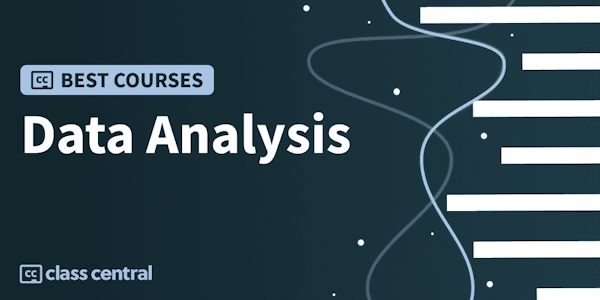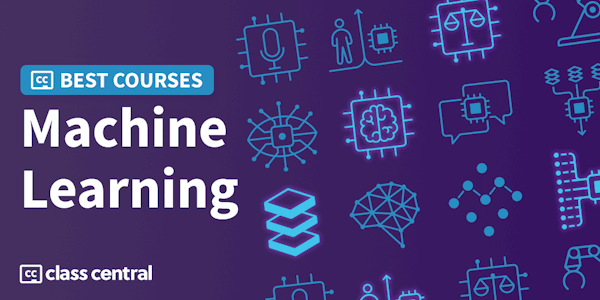Overview
Explore the intersection of persistent homology and machine learning in this 29-minute lecture by Henry Adams. Gain insights into various methods for transforming persistent homology output into machine learning input, examining stability and interpretability properties. Discover how persistent homology summarizes both global topology and local geometry in datasets. Learn about the contrasting perspectives between human interpretation, which prioritizes highly persistent features, and machine learning algorithms that leverage low-persistent features for local geometry analysis. Delve into examples including cyclooctane, natural images, brain age, and collective motion. Investigate theoretical directions such as fractal dimensions and persistence landscapes. Access additional resources, including related papers and presentation slides, to deepen your understanding of this cutting-edge topic in applied algebraic topology.
Syllabus
Intro
Overview
Global Topology
Example 1 Cyclooctane
Example 2 Natural Images
Example 3 Local Geometry
Example 4 Brain Age
Collective Motion
Local Geometry
Persistence Landscapes
Lynx Twist Map
Theoretical directions
Fractal dimensions
Summary
Software
Questions
Taught by
Applied Algebraic Topology Network


